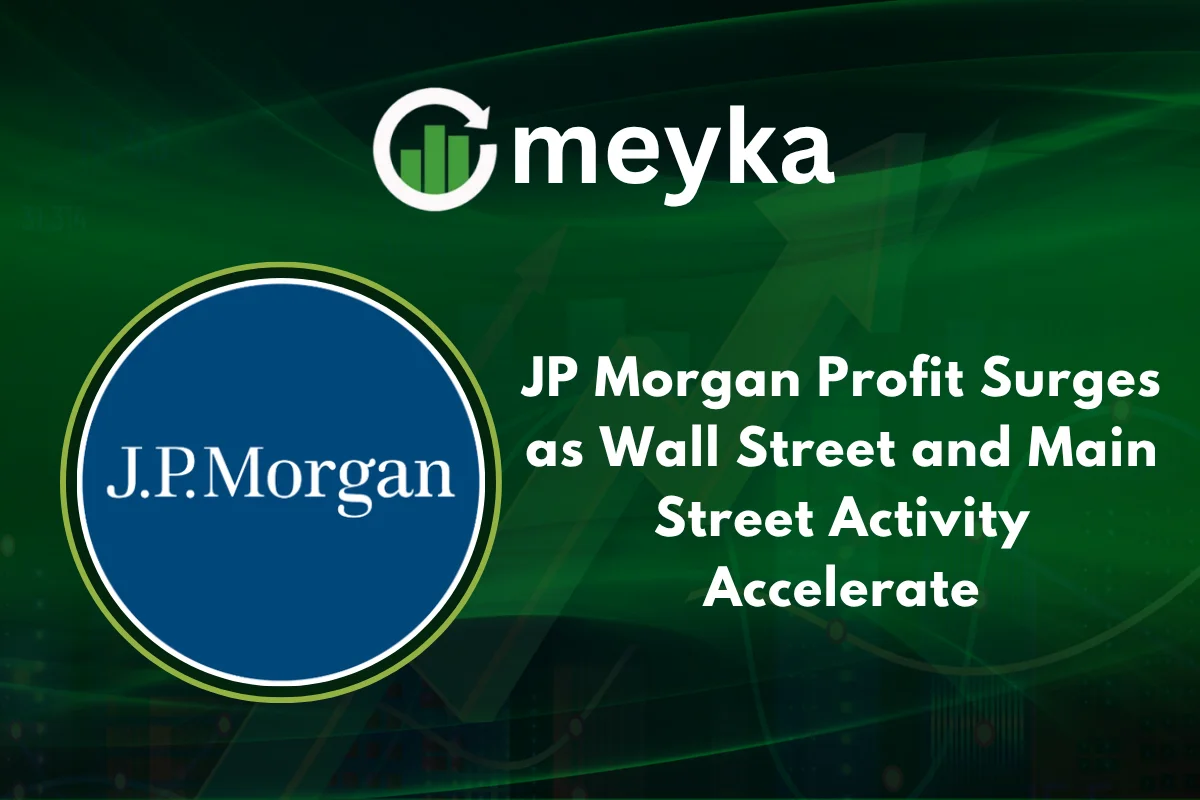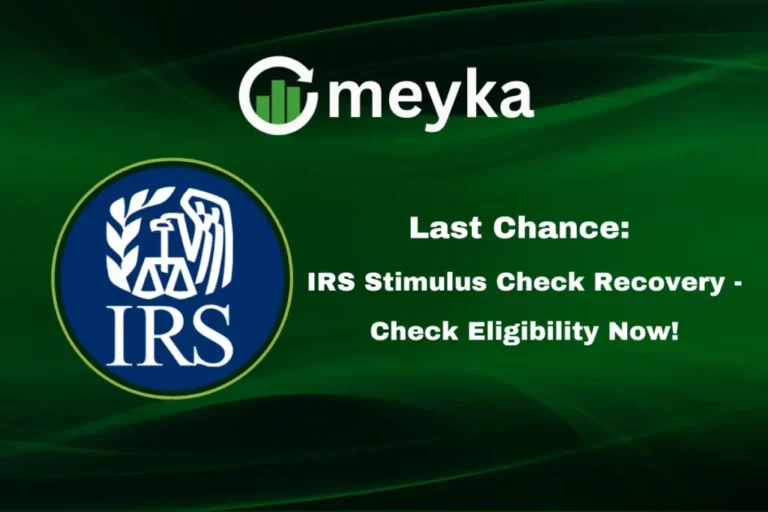JP Morgan Profit Surges as Wall Street and Main Street Activity Accelerate
In recent quarters, JP Morgan has delivered stunning results that showcase the alignment between Wall Street dynamism and Main Street economic vigor. As both investment banking and consumer banking divisions ride a wave of increased activity, we delve into how this top-tier financial institution is leveraging expansion, technology, and strategic risk management to post soaring profits.
Strong Earnings Driven by Diverse Business Lines
JP Morgan’s powerhouse performance isn’t by accident. The bank’s broad footprint across lending, investment banking, asset management, and trading gives it multiple revenue engines. In the latest earnings releases, interest income surged as borrowers pulled in more credit for business expansion and consumer spending. Meanwhile, advisory fees and underwriting revenues grew in tandem with an uptick in mergers, acquisitions, and capital markets deals.
In particular:
- The investment banking division saw higher advisory deal flow and IPO activity.
- The consumer and commercial banking arm benefited from stronger credit demand, especially in small- to mid-sized business loans.
- The markets division captured volatility-driven trading gains across equities, fixed income, and currencies.
This diversified mix helps JP Morgan cushion sector-specific weakness. Many pure-play investment banks or consumer lenders struggle under volatility or recession; JP Morgan’s breadth allows it to ride multiple currents.
Synergy Between Wall Street and Main Street Activity
One of the most compelling narratives is how Wall Street momentum is reinforcing Main Street demand and vice versa. Strong capital markets activity signals corporate confidence, fueling expansion, hiring, and capital expenditure. That, in turn, boosts consumer income, credit usage, and deposit growth.
Moreover, JP Morgan has instituted cross-selling strategies, converting global institutional relationships into regional commercial banking opportunities. For instance, a corporate client tapped for underwriting or lending may also channel treasury operations or cash management through JPMorgan’s broader retail network.
The result: increased deposit flows, stronger loan originations, and better liquidity profiles, all of which funnel into higher net interest income and lower funding costs.
Technology, AI, and Efficiency Gains
To maintain a competitive advantage, JP Morgan has invested heavily in automation, cloud infrastructure, and AI integration. These investments help streamline operations, reduce costs, and support smarter risk-taking. For example:
- Algorithmic credit scoring accelerates underwriting while improving risk-adjusted returns.
- Fraud detection models prevent losses in real time.
- Trading desks use machine learning to detect pattern shifts and to optimize execution.
As the world pivots toward AI stocks and algorithm-led analysis, financial institutions that deploy AI internally can both compete and partner in new investment strategies. JP Morgan’s size and balance sheet allow it to absorb initial tech costs and reap long-term rewards as cost-to-income ratios improve.
Risk Considerations and Market Conditions
No institution is immune to risks. Here are some critical factors we monitor:
- Interest Rate Pressure
Rapid rate hikes could impair credit quality, especially in consumer and small-business lending. If default rates increase, loan loss provisions may rise. - Regulatory & Compliance Risk
Financial institutions face evolving rules on capital, liquidity, and data privacy. Compliance failures or regulatory fines can dent profitability. - Capital Markets Volatility
While trading and underwriting profits rise in volatile markets, extreme dislocations or market freezes can cause losses or pullbacks in issuance. - Credit Cycle Reversal
A broad economic downturn could drive delinquencies across sectors, from commercial real estate to consumer credit cards.
We assess that JP Morgan is relatively well-positioned to mitigate these risks via strong capital buffers, conservative underwriting standards, and ongoing stress testing.
Investor Outlook and Stock Research Signals
From a stock research standpoint, JP Morgan stands out as a mature, blue-chip play in the financial sector. Key metrics we observe:
- Return on equity (ROE): JP Morgan routinely posts double-digit ROE.
- Dividend consistency: It maintains healthy dividend coverage via earnings well above cash payout.
- Valuation metrics: Its price-to-book (P/B) and price-to-earnings (P/E) multiples tend to reflect a premium status relative to peers.
- Insider activity & institutional interest: Persistent accumulation by mutual funds, sovereign wealth funds, and hedge funds signals confidence in stability and future growth.
Analysts watching the bank also monitor its efficiency ratio (non-interest expense divided by total revenue). The lower this ratio, the more efficiently JP Morgan runs operations. Tech investments and cost discipline aim to push that percentage lower over time.
Some growth investors may consider pairing an allocation to JP Morgan with exposure to AI stocks or fintech names, as the bank itself becomes a platform for innovation in financial services.
Why JP Morgan Can Maintain Momentum
Several pillars support sustained strength:
- Scale advantage: Few banks in the U.S. can match JP Morgan’s size, resources, and reach.
- Capital strength: High-quality capital ensures it weathers macro shocks.
- Integrated model: Cross-business synergies provide resiliency.
- Tech-forward orientation: Embracing digital transformation positions it ahead of slower banks.
- Global footprint: Exposure to international markets allows regional offset when U.S. conditions soften.
These advantages make it harder for smaller institutions to replicate JP Morgan’s execution, reinforcing its dominance.
Conclusion
JP Morgan is thriving because it benefits from the convergence of strong Wall Street activity and robust Main Street dynamics. While investment banking deals, capital markets volatility, and trading activity propel revenue on one side, consumer and commercial banking demand fuel the other side. Add in technological innovations, especially in AI and automation, and disciplined risk management, and you have a firm uniquely positioned for sustained growth.
Investors seeking exposure to a high-quality financial name should weigh JP Morgan as a core holding, complementing it with targeted stock research into fintech, AI stocks, or growth names. While risks exist, JP Morgan’s foundational strength and strategic vision make it a standout in the stock market constellation.
FAQs
The profit surge largely stems from increased lending activity, robust investment banking deal flow, trading gains in volatile markets, and rising deposits, all bolstered by operational efficiency and tech investments.
JP Morgan leverages AI for credit underwriting, fraud detection, trading algorithms, and customer service. These AI models improve speed, accuracy, and cost efficiency.
Yes, for investors seeking stability, dividend income, and core financial exposure, JP Morgan is often viewed as a blue-chip cornerstone. However, it’s wise to balance it with growth or tech-oriented holdings.
Disclaimer:
This content is made for learning only. It is not meant to give financial advice. Always check the facts yourself. Financial decisions need detailed research.






